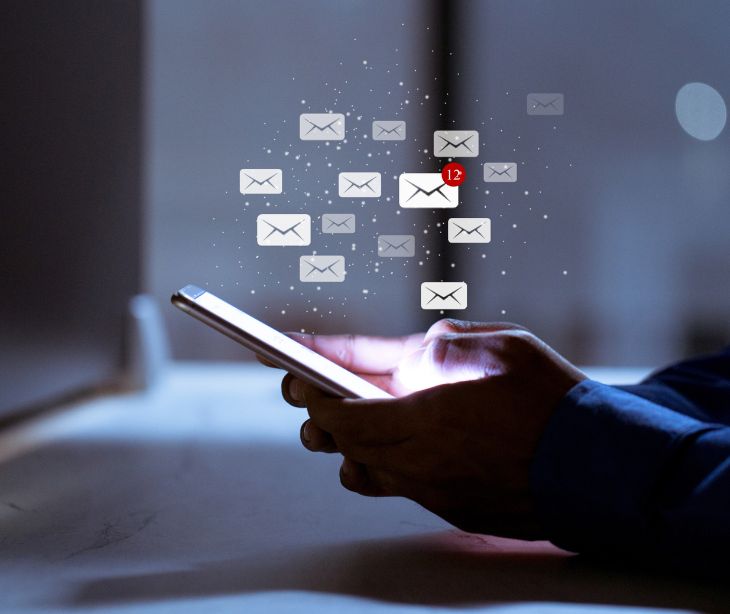
Mobile devices, such as smartphones and tablets, have become a large part of healthcare organizations' daily operations through practices such as BYOD (bring your own device). This is due to their portability and accessibility, which allows organizations to rely on these devices to access and exchange a host of health data on the go.
Email, in particular, has become a fundamental tool for exchanging necessary information quickly. As such, it offers a host of risks that accompany its benefits. Any organization allowing emails to be viewed on mobile devices needs to ensure that it has contingencies in place to protect against unwanted risk.
Why managing email security in mobile devices is tricky
The effortless integration of mobile devices in email practices often comes with a price: the complexity of securing these devices and the potential challenges that users may encounter.
Based on an AMIA Annual Symposium Proceedings Archive study, “Many internet users go online to get health information for themselves (72%), or for a family member or friend (50%) 1. The use of mobile devices is also becoming widespread; 90% of Americans own a cell phone, over half (53%) a smart phone,3 and increasingly, many own tablet computers.”
The reasons for managing email security on mobile devices include:
- Mobile devices encompass various operating systems, models, and configurations, making it challenging to implement consistent security measures.
- User actions, such as clicking on phishing links or downloading malicious attachments, can inadvertently compromise email security.
- The portability of mobile devices increases the risk of loss or theft, potentially exposing sensitive email data.
- Mobile devices often connect to unsecured public Wi-Fi networks, increasing the likelihood of data interception during email transmission.
- Vulnerabilities in email apps or third-party email clients can be exploited by attackers to gain unauthorized access.
- Implementing security on personal devices under Bring Your Own Device (BYOD) policies requires balancing user privacy with corporate security needs.
- Keeping email apps and device firmware up to date is necessarybut can be challenging for users to manage.
See also: Bring your own device (BYOD) policies in healthcare
Practices to combat email security risks
- Regular software updates: Ensure email applications and mobile device firmware are updated with security patches to address vulnerabilities.
- Employee training: Educate healthcare staff and employees about email security best practices, including identifying phishing attempts and handling email attachments safely.
- Email whitelisting: Maintain a whitelist of approved and secure email addresses to reduce the risk of phishing and spoofing attacks.
- Remote device management: Implement remote management capabilities to offload employee devices from the network, ensuring that devices are securely decommissioned when necessary.
- HIPAA compliant email software: Find HIPAA compliant email software that adheres to HIPAA regulations and provides an effective yet easy way to safeguard patient information in email communications.
- Secure Wi-Fi usage: Encourage staff to use secure Wi-Fi networks rather than public or unsecured networks when accessing email on mobile devices.
- Regular backup and data recovery: Implement everyday data backup practices to prevent data loss due to device issues, accidental deletion, or cyberattacks.
See also: Best practices for implementing a secure BYOD policy
FAQs
Why is it necessary to limit email access to specific staff members in healthcare?
Limiting access helps prevent unauthorized staff members from viewing sensitive information they don't need, reducing the risk of data breaches.
How can healthcare staff avoid phishing attacks on their mobile devices?
Staff should avoid clicking on unknown links or downloading attachments from unsolicited emails, verify the sender's identity, and report suspicious emails to their IT department.
What measures can be taken if a mobile device with access to healthcare emails is lost or stolen?
The IT team can remotely wipe sensitive data from the device if it’s enrolled in an MDM system. Staff should also change passwords immediately and monitor for any unauthorized access.
Subscribe to Paubox Weekly
Every Friday we'll bring you the most important news from Paubox. Our aim is to make you smarter, faster.



